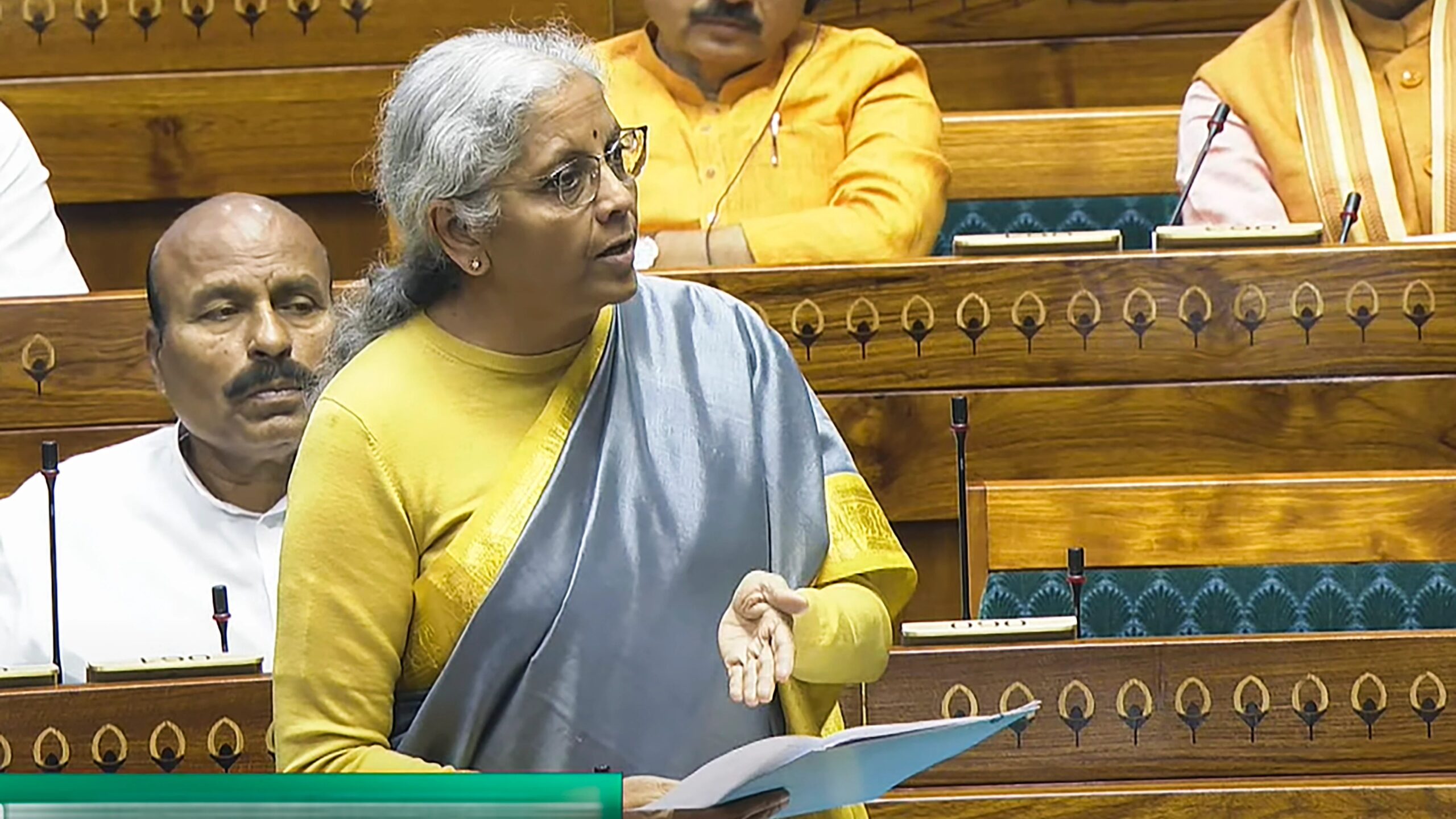
Central Government’s Stance on Pension Reforms
Finance Minister Nirmala Sitharaman has clarified that the government has no immediate plans to revive the Old Pension Scheme (OPS), citing unsustainable fiscal liabilities. In a recent Lok Sabha response, she emphasized that the decision to phase out OPS was based on long-term economic stability. The move has sparked debates among retired government employees, who argue that the scheme provided greater financial security compared to the new pension framework. While the government maintains that the current system is more sustainable, critics highlight the growing disparity between pension payouts and the financial burden on public finances. This decision reflects broader challenges in balancing employee welfare with fiscal responsibility, a tension that has persisted across multiple administrations. The absence of a restoration proposal underscores the government’s prioritization of budgetary constraints over historical pension commitments.
Impact on Retired Government Employees
The termination of OPS has left thousands of retired government workers grappling with financial uncertainty. Many had relied on the scheme’s higher pension payouts, which were significantly more generous than the revised structure introduced in 2014. Advocacy groups have raised concerns about the long-term implications for retirees, particularly in light of rising inflation and healthcare costs. While the government claims the new system is more equitable, retired employees argue that the transition has disproportionately affected those who contributed for decades under the old framework. This has led to calls for a phased restoration of OPS or the introduction of compensatory measures. The issue has also reignited discussions about the need for a more inclusive pension reform that addresses the unique needs of different employee groups without compromising fiscal discipline.
Broader Implications for Pension Reforms
The government’s decision to maintain the status quo on OPS has broader implications for India’s pension landscape. Analysts suggest that the current fiscal approach may limit the ability to address systemic gaps in the pension system, such as the underfunding of the Employees’ Pension Scheme (EPS). While the government has invested in alternative measures like the National Pension System (NPS), these have faced criticism for their complexity and lower returns compared to OPS. The debate highlights the delicate balance between ensuring financial sustainability and meeting the expectations of retired employees. As the government navigates these challenges, the absence of a restoration plan for OPS signals a continued focus on fiscal prudence, even at the expense of long-standing pension commitments.
Public Reaction and Political Context
Public sentiment has been divided, with retired employees and their families expressing frustration over the lack of a clear roadmap for pension reforms. Political parties have also weighed in, with opposition leaders criticizing the government for failing to address the concerns of a significant portion of the electorate. Meanwhile, the ruling party has defended its position, emphasizing the need to avoid unsustainable debt accumulation. This ideological divide reflects deeper tensions over how to balance social welfare with economic stability. The situation has also prompted calls for a more transparent dialogue between the government and stakeholders to ensure that any future reforms are both equitable and sustainable. As the debate continues, the absence of a restoration plan for OPS remains a focal point in discussions about India’s pension policy.
Future Prospects and Policy Challenges
Looking ahead, the government faces mounting pressure to reconcile fiscal responsibility with the needs of retired employees. While the current stance on OPS appears firm, evolving economic conditions and demographic shifts could necessitate a reevaluation of the pension framework. Analysts suggest that a hybrid model combining elements of OPS with modern financial instruments might offer a viable solution. However, such a transition would require careful planning to mitigate risks to public finances. The broader challenge lies in creating a pension system that is both fiscally sustainable and socially equitable. As the government moves forward, the absence of a restoration plan for OPS underscores the complexities of balancing competing priorities in pension reform.




